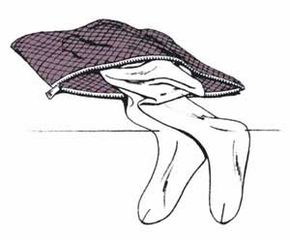The first step in keeping your clothes in good condition is to know what each item is made of and the best way to care for it. Most garments manufactured and sold in the United States have permanently attached care labels. When it comes to synthetic fabrics, these labels can be of enormous help in determining exactly how you should remove stains and clean an item.
Certain information is not included on care labels, though. This article will help in these situations, with tips and guidelines for cleaning all kinds of synthetic fabrics -- from acrylic to polyester:
Advertisement
